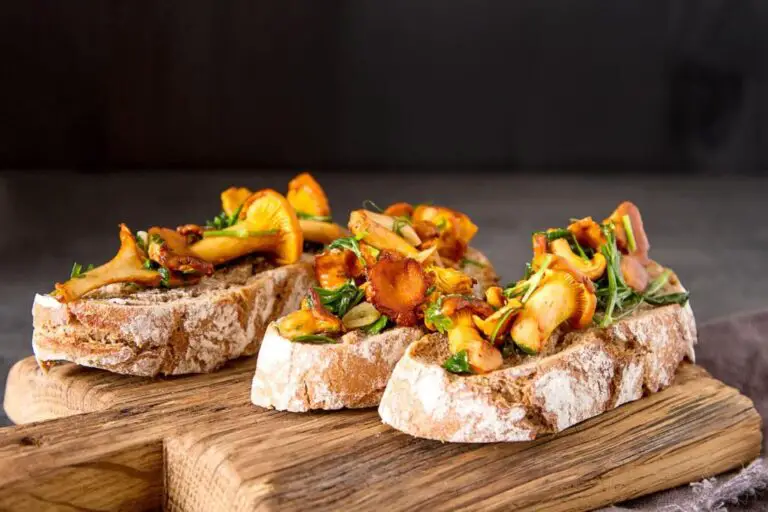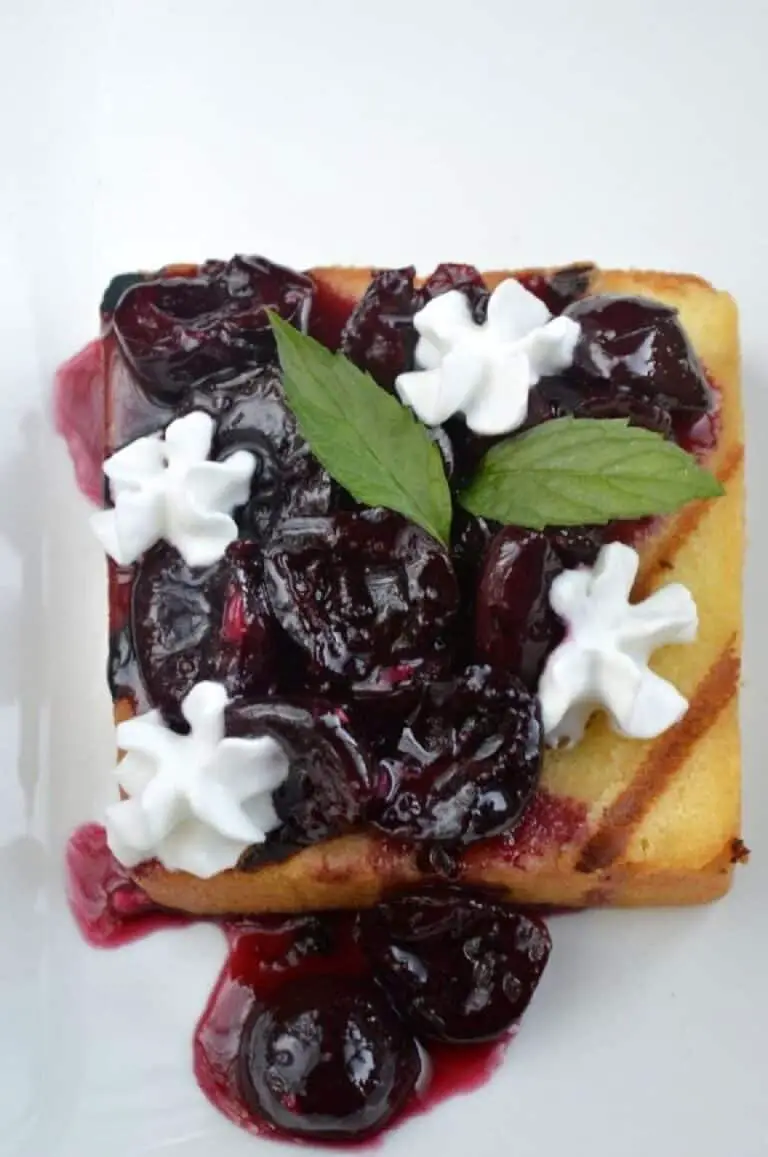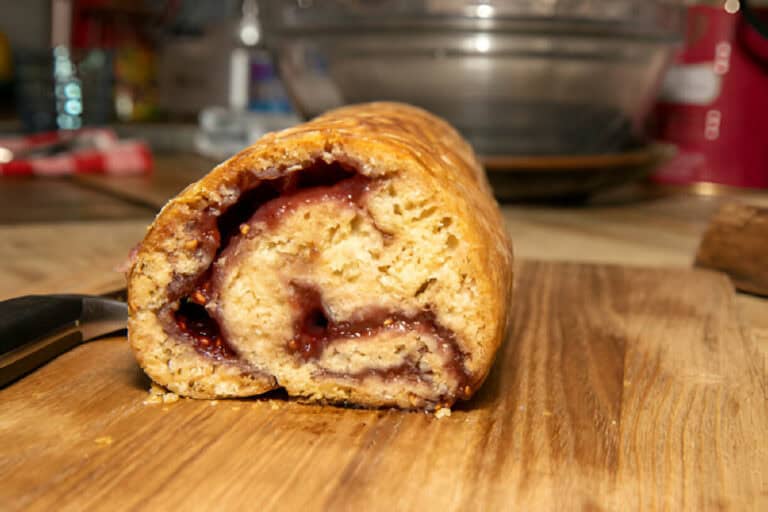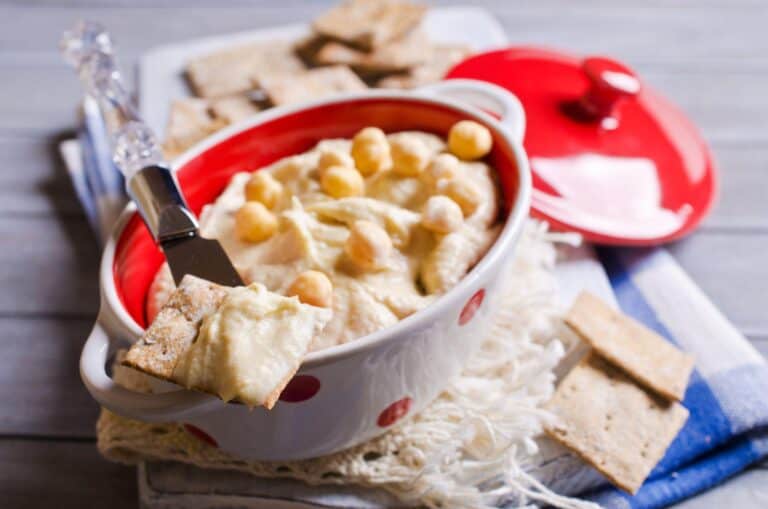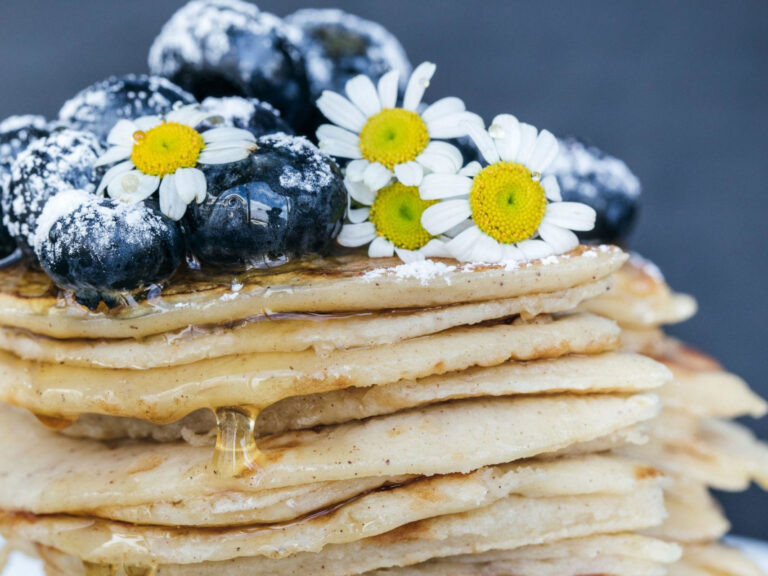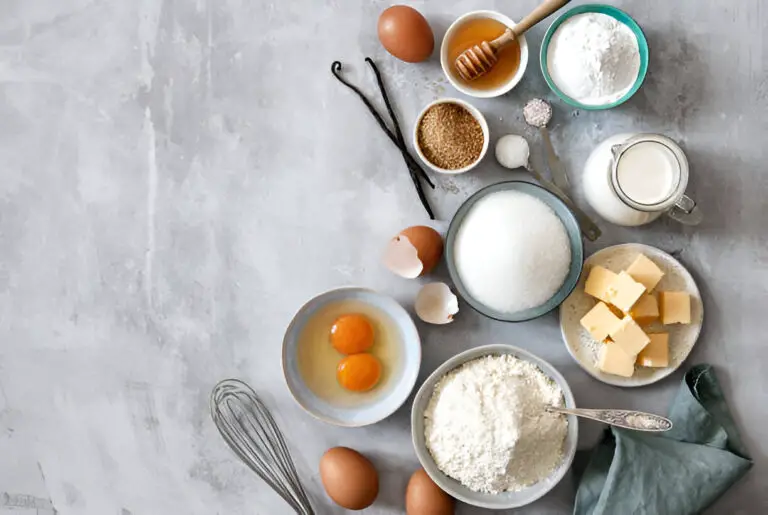Exploring the Different Types of Mooncakes: A Guide for Food Lovers
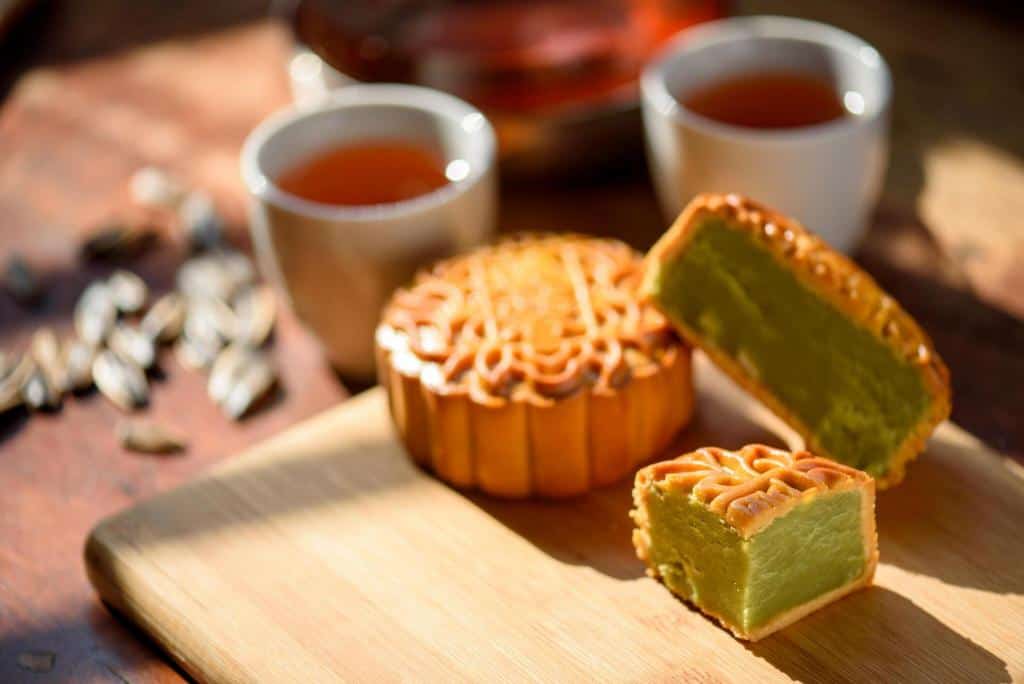
Mooncakes, a symbol of unity and togetherness, are a quintessential part of the Mid-Autumn Festival celebrated predominantly by Chinese communities worldwide.
While the festival has its roots in ancient China, the tradition of mooncake-making and consumption has spread far and wide.
One place where this tradition has taken a unique turn is in the vibrant city-state of Singapore.
The mooncake in Singapore is not just a festive treat; it’s a reflection of the city’s multicultural tapestry, blending tradition with innovation.
For food lovers, this offers a delightful opportunity to explore a myriad of flavours and textures. Let’s embark on a gastronomic journey to discover the different types of mooncakes.
1. Traditional Baked Mooncakes
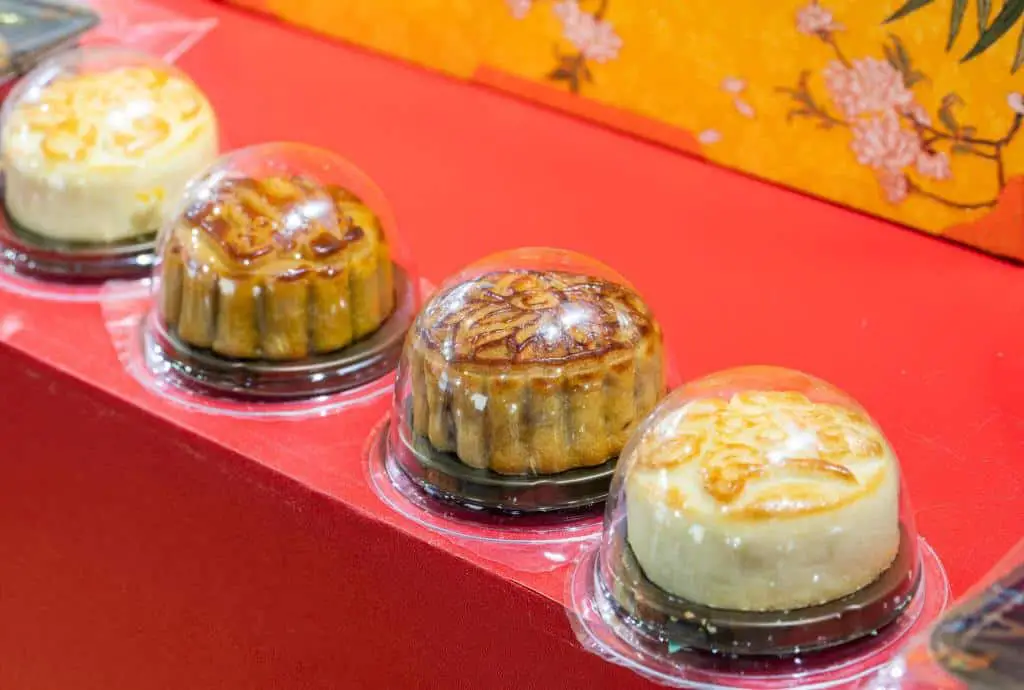
Appearance: These mooncakes have a golden-brown crust, often imprinted with intricate designs or Chinese characters denoting ‘longevity’ or ‘harmony’.
Fillings:
- Lotus Seed Paste: A classic filling, this is made from dried lotus seeds and is known for its smooth texture and sweet taste.
- Red Bean Paste: Another traditional filling, red bean paste is made from azuki beans and has a slightly grainier texture compared to lotus seed paste.
- Mixed Nuts: A combination of almonds, walnuts, peanuts, sesame seeds, and melon seeds, mixed with candied winter melon. It’s a crunchy and less sweet option.
Special Feature: Some traditional mooncakes come with one or two salted egg yolks in the centre, symbolising the full moon.
2. Snow-Skin Mooncakes
Appearance: Unlike the baked variety, snow-skin mooncakes are not baked and have a soft, chewy texture similar to mochi. They are often pastel-coloured.
Fillings:
- Durian: Especially popular in Singapore, this filling uses the creamy flesh of the ‘king of fruits’.
- Champagne or Wine: Modern interpretations often infuse the lotus seed paste with alcohol for an added kick.
- Matcha: A nod to the Japanese influence, this filling combines the earthy taste of green tea with the sweetness of white bean paste.
3. Teochew Mooncakes
Appearance: These mooncakes have multiple flaky layers, reminiscent of puff pastry.
Fillings:
- Yam: A popular Teochew filling, yam or taro is mashed and sweetened.
- Mung Bean: This is a less sweet filling, offering a balance to the rich, flaky crust.
4. Ice Cream Mooncakes
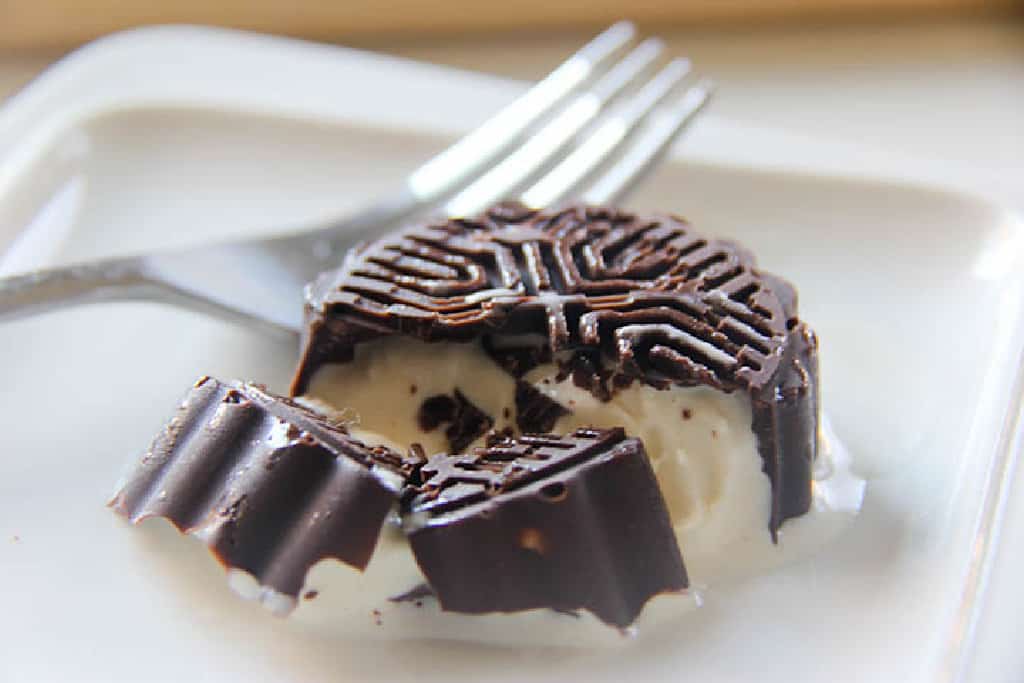
A contemporary twist on the traditional mooncake, these are made entirely of ice cream and are a hit among the younger generation.
Fillings:
- Chocolate: Often combined with other ingredients like hazelnuts or almonds.
- Berries: Blueberry, raspberry, and strawberry are popular choices, offering a tangy contrast.
5. Vegan and Health-Conscious Mooncakes
With a growing emphasis on health and dietary choices, many bakeries in Singapore now offer vegan or low-sugar mooncakes.
Fillings:
- Five-Grain: Incorporating grains like quinoa, barley, and oats, this is a hearty and healthy option.
- Agar-Agar: A vegan alternative to gelatine, agar-agar mooncakes have a jelly-like consistency.
Tips for Enjoying Mooncakes
- Pairing: Traditional mooncakes go wonderfully with Chinese teas like Tie Guan Yin or Pu’er. The astringency of the tea balances the sweetness of the mooncake.
- Storage: Snow-skin and ice cream mooncakes need to be refrigerated, while traditional baked ones can be stored at room temperature for several days.
- Serving: Mooncakes are rich, so they’re typically cut into small wedges and shared among family and friends.
The Cultural Significance of Mooncakes
Before diving deeper into the varieties and innovations, it’s essential to understand the profound cultural significance mooncakes hold.
Rooted in Chinese folklore, mooncakes are intrinsically linked to the legend of Chang’e, the Moon Goddess of Immortality.
As the tale goes, Chang’e consumed an elixir of immortality, causing her to float to the moon. Her lover, Hou Yi, was left on Earth, and he would gaze up at the moon, missing her.
The mooncake, representing the full moon, symbolises completeness and reunion, echoing the sentiments of this tale.
In Singapore, with its diverse population, the Mid-Autumn Festival and the tradition of mooncake consumption have taken on a broader cultural significance.
It’s a time for families to come together, share stories, light lanterns, and of course, enjoy mooncakes.
The Evolution of Mooncakes in Singapore
Singapore’s culinary scene is a melting pot of cultures, and this has significantly influenced the evolution of the mooncake. The city-state’s openness to global influences, combined with a deep respect for traditions, has given birth to some unique mooncake varieties.
Culinary Fusions:
- Chilli Chocolate: A nod to the local love for spicy food, this mooncake combines the heat of chillies with the sweetness of chocolate.
- Laksa: Drawing inspiration from the beloved local dish, this mooncake has a savoury filling with hints of coconut and spices.
- Gula Melaka: Borrowed from the Malay culinary palette, this mooncake uses the rich, smoky palm sugar as its primary ingredient.
Artistic Mooncakes:
With the rise of social media and the emphasis on ‘Instagrammable’ foods, mooncakes in Singapore have also become a canvas for artistic expression. Some bakeries offer mooncakes with intricate designs, vibrant colours, and even 3D elements, making them as much a feast for the eyes as for the palate.
Sustainable and Ethical Choices
The global shift towards sustainability and ethical consumption has also touched the mooncake industry. Many bakeries in Singapore are now focusing on:
- Eco-friendly Packaging: Moving away from the ornate, non-biodegradable boxes, many brands are opting for recyclable or reusable packaging.
- Ethical Sourcing: There’s a growing emphasis on using ingredients that are ethically sourced, organic, and free from harmful additives.
- Reducing Food Waste: Some bakeries offer discounts post-festival to ensure that unsold mooncakes don’t go to waste.
Mooncake Tasting Events
For those keen on exploring the diverse range of mooncakes but unsure where to start, Singapore hosts several mooncake tasting events in the lead-up to the Mid-Autumn Festival. These events, often set up in beautifully decorated venues with lanterns and traditional music, allow attendees to sample different mooncakes, learn about their history, and even participate in mooncake-making workshops.
Wrapping Up
The mooncake in Singapore, much like the city-state itself, is a blend of tradition and modernity. As we’ve seen, the varieties are endless, from the deeply traditional to the wildly innovative.
But beyond the flavours and designs, the mooncake holds a deeper significance.
It’s a symbol of unity, togetherness, and the human desire to blend the old with the new. So, as you bite into your next mooncake, take a moment to reflect on its rich history and the hands that crafted it.
Whether you’re savouring a classic lotus seed paste mooncake or an adventurous chilli chocolate one, you’re partaking in a tradition that spans centuries and cultures. Enjoy the journey!

